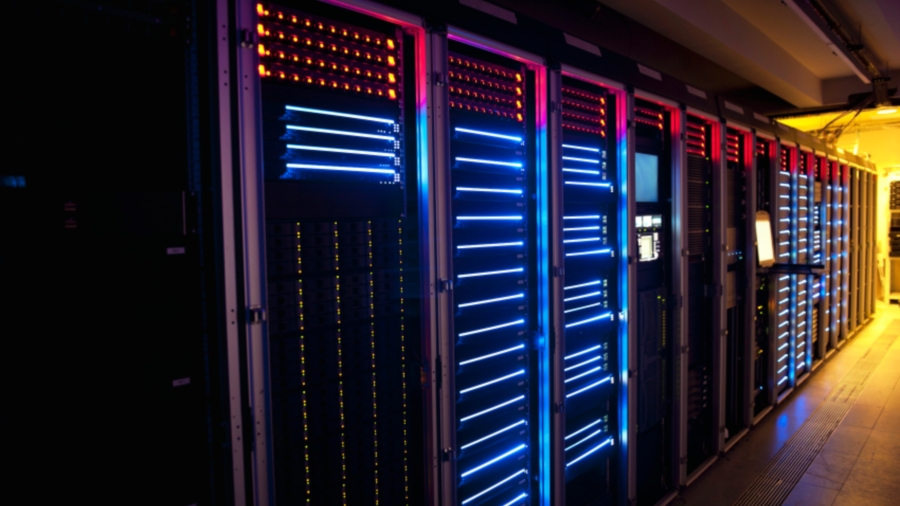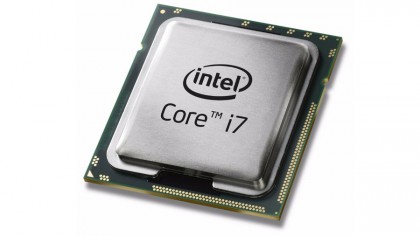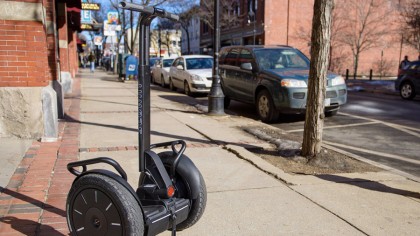Going beyond data scientists: What is machine teaching?
The process of democratising machine learning

Machines that can learn and adapt marks a massive step forward for computing, but who's teaching them? Computer systems only get smarter when they get data – from where and from whom they get that data is critical. Machine learning researchers have so far focused on how they can build better, faster and more precise algorithms, but what do data scientists and computer programmers know about the world? What machines really need is to be trained by experts in every field of human endeavour.
What is machine learning?
Machine learning is essentially all about getting computers to take the initiative without input from humans. They do this by statistical learning after identifying patterns in data.

While the basic idea of machine learning is very simple, its execution is complicated. "Thanks to machine learning, your email inbox is mostly free of spam and other unwanted email, and your smartphone can constantly improve its understanding of what your personal needs are based on what you say and do," writes Microsoft, also citing the real-time voice translation found in the upcoming Skype Translator and Cortana, and even Bing.
"In essence, machine learning runs through various possible actions and predicts which action will be most successful based on the collected information," says Dr Kevin Curran, IEEE Technical Expert. "Of course, the computer can only solve problems it is programmed to solve as it does not have any generalised analytical ability."

Artificial intelligence
Everyday examples of machine learning include search engines ranking web pages, your smartphone producing a map of where you've been using geo-tag data from the photos you've taken, automated spam filters, spell correction in word processing software, face recognition in cameras, speech recognition by all virtual personal assistants, and all kinds of recommendations while shopping, browsing the web or streaming music or movies. Its next destination is the connected car.
"Machine learning has become a hot area within computer science in recent years," says Curran, who name-checks autopilot and the magnificent gyroscope ability of Segways as places where machine learning algorithms are running. "In fact, many large computing giants are spending on big salaries to attract those with machine learning experience."

When ML goes wrong
But machine learning – a form of artificial intelligence – does not always work. Take Uber, which has an algorithm that responds to high demand by raising the price. That makes perfect business sense under normal conditions, but is quadrupling the price of a taxi during a siege really the kind of thing a human-run business – aware of the public relations implications – would ever do?
Are you a pro? Subscribe to our newsletter
Sign up to the TechRadar Pro newsletter to get all the top news, opinion, features and guidance your business needs to succeed!
Uber's algorithm, and hundreds like it, needs some human-like morality in the form of a specific model that relates to real-world scenarios, not just the basic number-crunching of a data scientist. Ditto Siri's habit of relying only on keywords, thus replying to calls for help with alcohol and gambling with details of nearby off-licences and casinos. A business knowingly doing that would be called psychotic.
Jamie is a freelance tech, travel and space journalist based in the UK. He’s been writing regularly for Techradar since it was launched in 2008 and also writes regularly for Forbes, The Telegraph, the South China Morning Post, Sky & Telescope and the Sky At Night magazine as well as other Future titles T3, Digital Camera World, All About Space and Space.com. He also edits two of his own websites, TravGear.com and WhenIsTheNextEclipse.com that reflect his obsession with travel gear and solar eclipse travel. He is the author of A Stargazing Program For Beginners (Springer, 2015),
